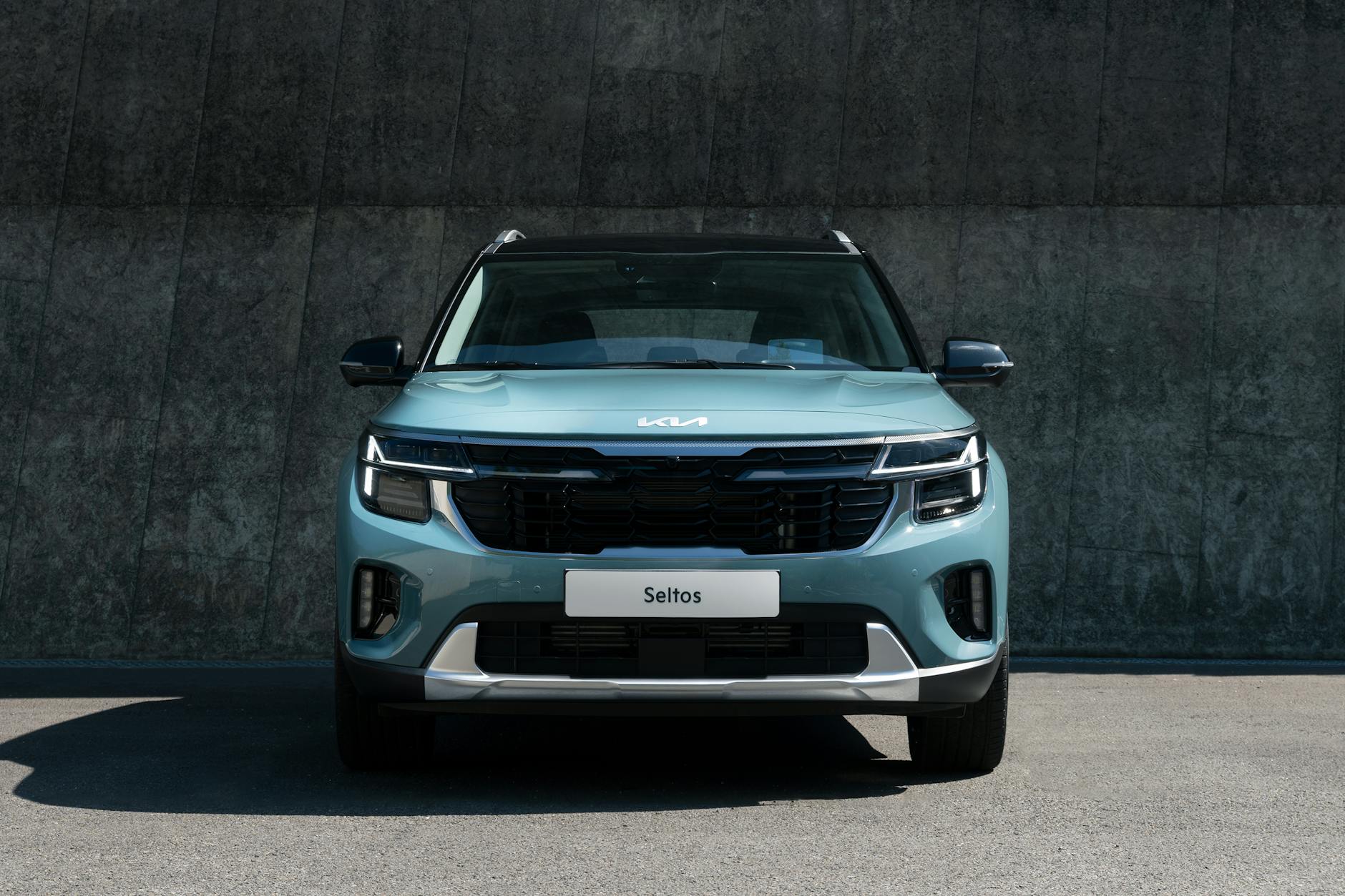
If you’re shopping for a new car, you might notice something missing. Over the past few years, automakers have quietly dropped certain popular car features. This shift isn’t just about cutting costs—technology, consumer habits, and even government regulations all play a role. Understanding which features are fading out can help you make smart choices, especially if you value convenience or nostalgia. Let’s look at why these changes are happening, what they mean for drivers, and which car features are going away in new models.
1. CD Players
CD players used to be a must-have in every car. Now, they’re nearly extinct in new models. The rise of streaming music, Bluetooth connectivity, and smartphone integration has made CDs almost obsolete. Automakers are removing CD players to save space and reduce manufacturing costs. The move helps make room for larger infotainment screens and more advanced tech. If you still have a big CD collection, you might want to hold onto your older vehicle a bit longer or look for aftermarket options.
This change is part of a bigger trend: as in-car entertainment evolves, traditional features are replaced by digital solutions. While some drivers miss the tactile feel of loading a disc, most have moved on to streaming services for their playlists. “Car features being removed” isn’t just about cost—it’s about moving forward with technology.
2. Manual Transmissions
Shifting your own gears is becoming a rare experience. Manual transmissions are being phased out in favor of automatic and semi-automatic gearboxes. Fewer drivers know how to use a stick shift, and demand has dropped sharply. Automatic transmissions are now more efficient, faster, and sometimes even better for fuel economy.
For carmakers, offering fewer transmission options simplifies production and inventory. Enthusiasts may still find manuals in select sports cars, but for most buyers, the choice is gone. This is one of the most noticeable car features being removed, especially for those who love the control and engagement of a manual gearbox.
3. Physical Climate Control Knobs
Physical knobs and buttons for climate control are vanishing from dashboards. Instead, touchscreen controls or voice-activated systems are taking their place. Automakers argue that this approach looks sleeker and allows for more customization. However, not everyone is happy. Many drivers find touchscreens less intuitive and harder to use without taking their eyes off the road.
The trend is clear, though: simplifying interiors and reducing the number of moving parts is a priority. If you prefer the tactile feedback of a dial, you may need to look for older models or base trims. This shift is another example of car features being removed as part of the industry’s move toward more digital, less mechanical interiors.
4. Spare Tires
Spare tires used to be standard, but now they’re disappearing from many new vehicles. Instead, you might get a tire repair kit or run-flat tires. Automakers save weight and space by leaving out the spare, which can also improve fuel efficiency. But if you get a flat in a remote area, you might wish you still had that backup tire.
This change isn’t just about cost; it’s also driven by stricter environmental and efficiency standards. If you travel long distances or drive in rural areas, you may want to consider carrying your own spare or checking what’s included before buying.
5. Mechanical Handbrakes
The classic handbrake lever is being replaced by electronic parking brakes in most new vehicles. Electronic systems free up space in the cabin and can be integrated with other features like automatic hill hold. This move simplifies manufacturing and gives designers more flexibility with interior layouts.
However, not everyone is convinced. Mechanical handbrakes are simple, reliable, and give drivers more control in emergencies or when parking on a slope. For enthusiasts and those who like to drive in winter conditions, the loss of this feature is a big deal. As with other car features being removed, it’s a trade-off between modern convenience and tried-and-true mechanics.
Looking Ahead: What This Means for Car Buyers
Car features being removed from new models isn’t just about nostalgia or cost-cutting—it’s a sign of how quickly the industry is changing. Automakers are prioritizing technology, efficiency, and streamlined design. While many of these changes are practical, some drivers will miss the familiar comforts and controls they grew up with. Before you buy, decide which features matter most to you and check the spec sheet carefully. What’s “standard” is shifting fast, and some comforts may soon be a thing of the past.
Are you surprised by these disappearing car features? Which one would you miss the most? Share your thoughts in the comments below!
What to Read Next…
- 7 Car Features Being Quietly Removed Without Buyer Consent
- 5 Car Features Being Removed Without Any Public Warning
- 9 Car Brands That Quietly Lost Consumer Trust in the Last 5 Years
- 6 Car Features You Might Still Rely On But They’re Being Banned in 2026
- 10 Car Features That Make Mechanics Rich
The post Why These 5 Car Features Are Being Quietly Removed in New Models appeared first on Clever Dude Personal Finance & Money.







